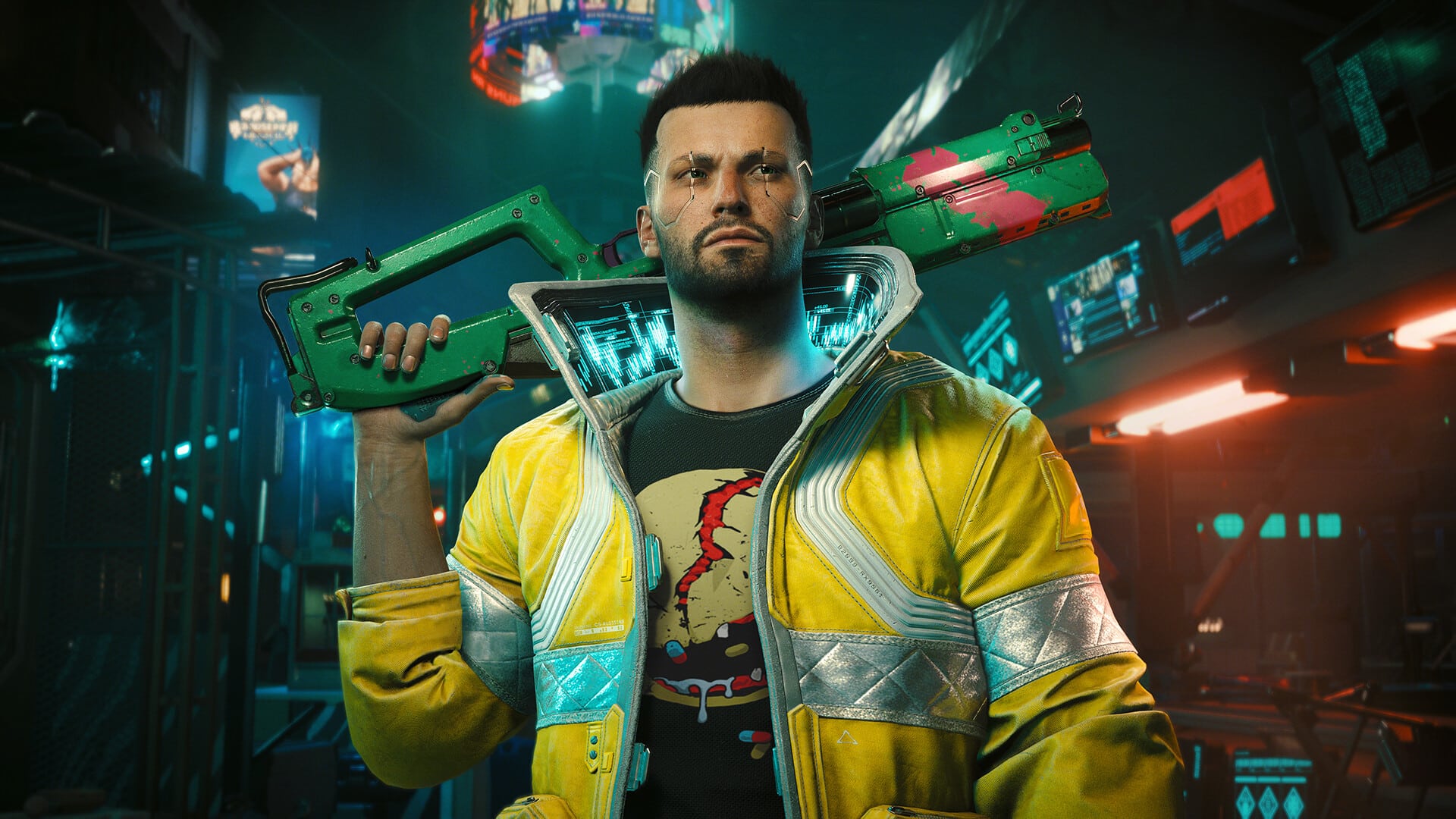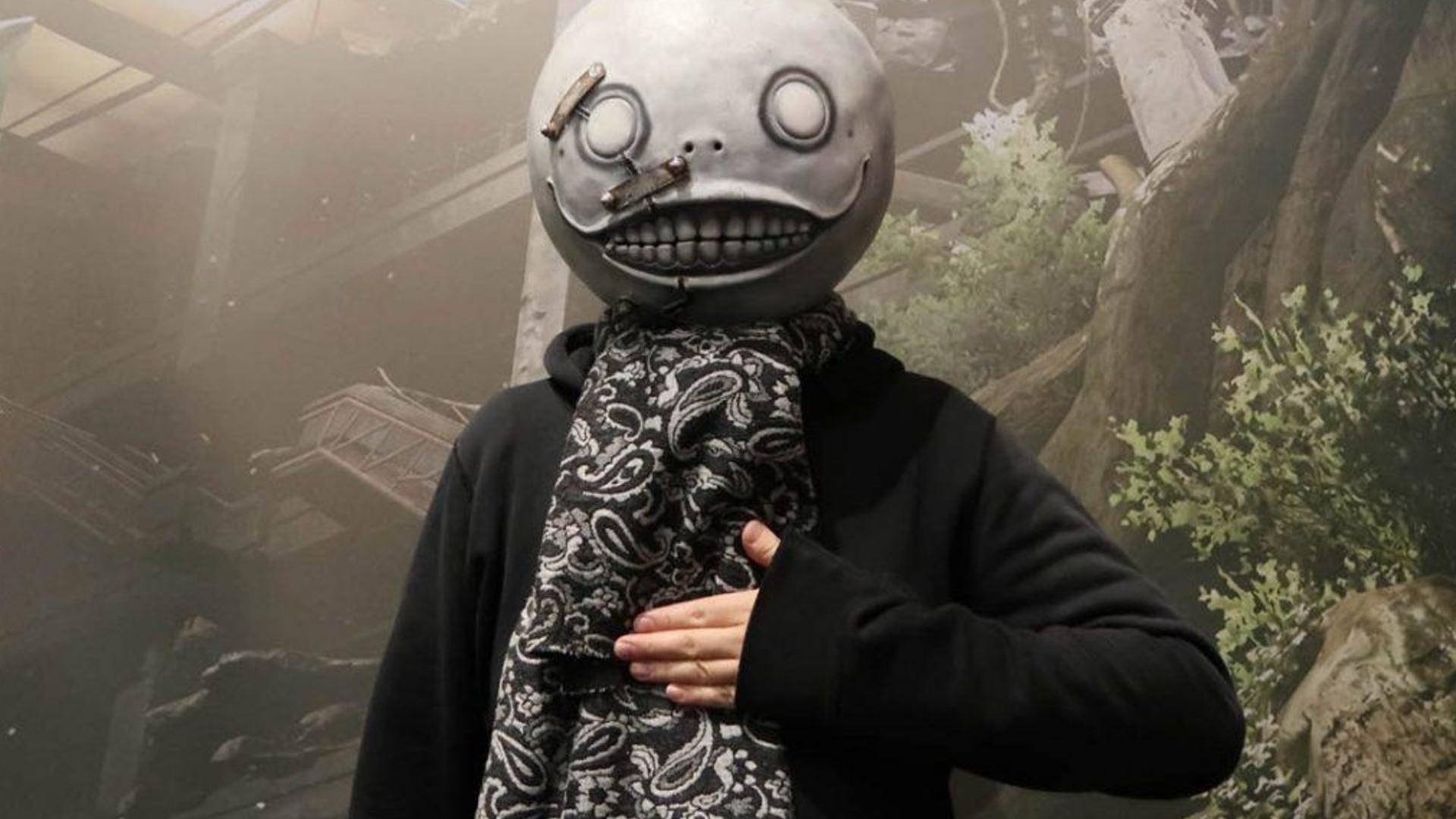What if I told you that a simple mesh glitch could ruin hours of hard work on your 3D models? It's a creator's nightmare! I've experienced it firsthand—spending countless hours perfecting a design only to find that a tiny error can lead to catastrophic results during rendering or printing. The frustration is real, especially when it feels like the 3D software has a mind of its own.
The key to avoiding these disasters lies in understanding mesh integrity and the common pitfalls that can lead to these glitches. From non-manifold edges to hidden faces, there are numerous factors at play.
Have you ever faced a similar challenge in your modeling journey? What strategies do you employ to safeguard your work from such mishaps? Let's discuss!
#3DModeling #BlenderTips #GameDev #ArtCommunity #DigitalArt
The key to avoiding these disasters lies in understanding mesh integrity and the common pitfalls that can lead to these glitches. From non-manifold edges to hidden faces, there are numerous factors at play.
Have you ever faced a similar challenge in your modeling journey? What strategies do you employ to safeguard your work from such mishaps? Let's discuss!
#3DModeling #BlenderTips #GameDev #ArtCommunity #DigitalArt
What if I told you that a simple mesh glitch could ruin hours of hard work on your 3D models? It's a creator's nightmare! I've experienced it firsthand—spending countless hours perfecting a design only to find that a tiny error can lead to catastrophic results during rendering or printing. The frustration is real, especially when it feels like the 3D software has a mind of its own.
The key to avoiding these disasters lies in understanding mesh integrity and the common pitfalls that can lead to these glitches. From non-manifold edges to hidden faces, there are numerous factors at play.
Have you ever faced a similar challenge in your modeling journey? What strategies do you employ to safeguard your work from such mishaps? Let's discuss!
#3DModeling #BlenderTips #GameDev #ArtCommunity #DigitalArt
0 Comentários
·0 Compartilhamentos





